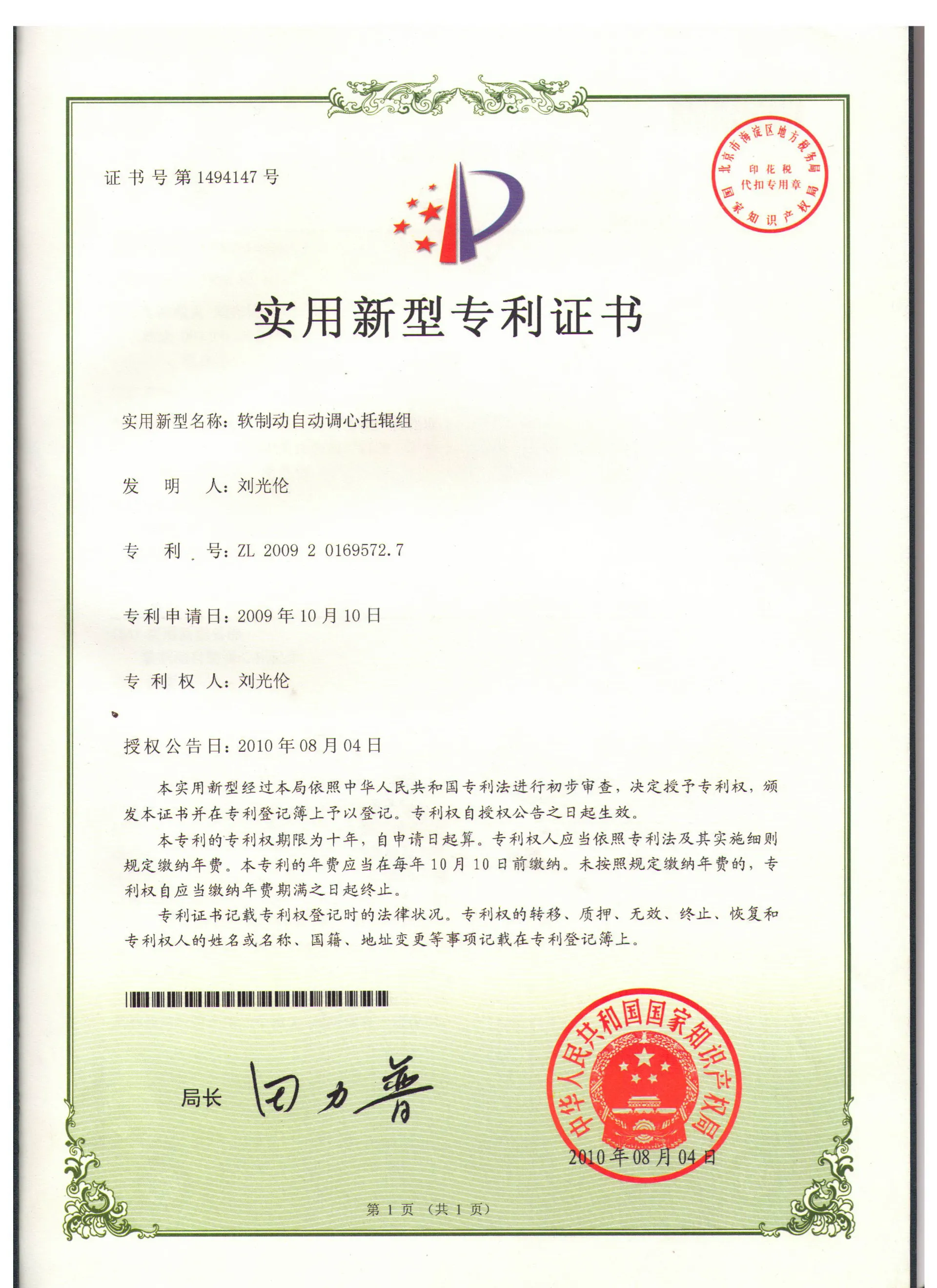 Afrikaans
Afrikaans  Albanian
Albanian  Amharic
Amharic  Arabic
Arabic  Armenian
Armenian  Azerbaijani
Azerbaijani  Basque
Basque  Belarusian
Belarusian  Bengali
Bengali  Bosnian
Bosnian  Bulgarian
Bulgarian  Catalan
Catalan  Cebuano
Cebuano  Corsican
Corsican  Croatian
Croatian  Czech
Czech  Danish
Danish  Dutch
Dutch  English
English  Esperanto
Esperanto  Estonian
Estonian  Finnish
Finnish  French
French  Frisian
Frisian  Galician
Galician  Georgian
Georgian  German
German  Greek
Greek  Gujarati
Gujarati  Haitian Creole
Haitian Creole  hausa
hausa  hawaiian
hawaiian  Hebrew
Hebrew  Hindi
Hindi  Miao
Miao  Hungarian
Hungarian  Icelandic
Icelandic  igbo
igbo  Indonesian
Indonesian  irish
irish  Italian
Italian  Japanese
Japanese  Javanese
Javanese  Kannada
Kannada  kazakh
kazakh  Khmer
Khmer  Rwandese
Rwandese  Korean
Korean  Kurdish
Kurdish  Kyrgyz
Kyrgyz  Lao
Lao  Latin
Latin  Latvian
Latvian  Lithuanian
Lithuanian  Luxembourgish
Luxembourgish  Macedonian
Macedonian  Malgashi
Malgashi  Malay
Malay  Malayalam
Malayalam  Maltese
Maltese  Maori
Maori  Marathi
Marathi  Mongolian
Mongolian  Myanmar
Myanmar  Nepali
Nepali  Norwegian
Norwegian  Norwegian
Norwegian  Occitan
Occitan  Pashto
Pashto  Persian
Persian  Polish
Polish  Portuguese
Portuguese  Punjabi
Punjabi  Romanian
Romanian  Russian
Russian  Samoan
Samoan  Scottish Gaelic
Scottish Gaelic  Serbian
Serbian  Sesotho
Sesotho  Shona
Shona  Sindhi
Sindhi  Sinhala
Sinhala  Slovak
Slovak  Slovenian
Slovenian  Somali
Somali  Spanish
Spanish  Sundanese
Sundanese  Swahili
Swahili  Swedish
Swedish  Tagalog
Tagalog  Tajik
Tajik  Tamil
Tamil  Tatar
Tatar  Telugu
Telugu  Thai
Thai  Turkish
Turkish  Turkmen
Turkmen  Ukrainian
Ukrainian  Urdu
Urdu  Uighur
Uighur  Uzbek
Uzbek  Vietnamese
Vietnamese  Welsh
Welsh  Bantu
Bantu  Yiddish
Yiddish  Yoruba
Yoruba  Zulu
Zulu Selecting the Right Idler for Your Conveyor Belt System Efficiency
Idler for Conveyor Belt Essential Components for Efficient Material Handling
Conveyor belts are a critical component in various industries, serving as the backbone for material transportation. Among the various components of a conveyor system, idlers play a significant role. They help support and guide the belt, enabling the smooth flow of materials from one point to another. In this article, we will explore the importance of idlers for conveyor belts, their types, and the factors to consider for optimal performance.
Understanding Conveyor Idlers
Conveyor idlers are cylindrical rollers used to support the conveyor belt and the materials being transported. Positioned at regular intervals along the length of the conveyor, idlers help maintain the belt’s alignment and reduce friction. Without idlers, conveyor belts would sag under the weight of the material, leading to inefficient operation and faster wear of the belt.
The primary functions of conveyor idlers include
1. Support Idlers provide crucial support for the conveyor belt, allowing it to carry heavy loads without sagging excessively. 2. Alignment They help keep the belt centered, preventing it from drifting off track which could lead to damage. 3. Friction Reduction By providing a smooth surface for the belt to roll over, idlers reduce the friction between the belt and its support, enhancing energy efficiency.
Types of Conveyor Idlers
There are several types of conveyor idlers, each designed for specific applications
1. Standard Idlers These are the most common type, typically used in bulk material handling. They come in various configurations, such as flat, troughing, and impact idlers, each designed to handle different loading conditions. 2. Impact Idlers Located at loading points, impact idlers are designed to cushion the load, minimizing the impact on the conveyor belt and ensuring longer belt life.
idler for conveyor belt

4. Return Idlers Positioned on the return path of the conveyor belt, these idlers support the belt when it is empty, ensuring proper alignment and reducing wear.
Factors Influencing Idler Performance
To optimize the performance of conveyor idlers, several factors should be considered
1. Material Selection Idlers are typically made from steel, but the choice of material can affect durability. Depending on the application, coatings may also be applied to withstand corrosive environments.
2. Roller Diameter and Width The size of the rollers should match the belt width and the material being moved, ensuring stability and efficiency.
3. Spacing Proper spacing between idlers is critical to prevent sagging and ensure even weight distribution along the belt. The recommended spacing often depends on the specific application and load conditions.
4. Maintenance Regular inspection and maintenance of idlers are essential to prevent failures. Keeping the rollers free of debris and ensuring they rotate freely contributes to the overall reliability of the conveyor system.
Conclusion
In conclusion, idlers are indispensable components of conveyor belt systems, playing a pivotal role in material handling efficiency. From supporting heavy loads to ensuring belt alignment, their significance cannot be understated. By understanding the various types of idlers and the factors that influence their performance, industries can enhance the longevity of their conveyor systems and improve productivity. As technology continues to advance, we can expect innovations in idler design and materials, further optimizing the functionality of conveyor belts in diverse applications. Whether in manufacturing, mining, or logistics, investing in high-quality idlers is essential for maintaining an efficient and reliable conveyor system.
-
Revolutionizing Conveyor Reliability with Advanced Rubber Lagging PulleysNewsJul.22,2025
-
Powering Precision and Durability with Expert Manufacturers of Conveyor ComponentsNewsJul.22,2025
-
Optimizing Conveyor Systems with Advanced Conveyor AccessoriesNewsJul.22,2025
-
Maximize Conveyor Efficiency with Quality Conveyor Idler PulleysNewsJul.22,2025
-
Future-Proof Your Conveyor System with High-Performance Polyurethane RollerNewsJul.22,2025
-
Driving Efficiency Forward with Quality Idlers and RollersNewsJul.22,2025





























